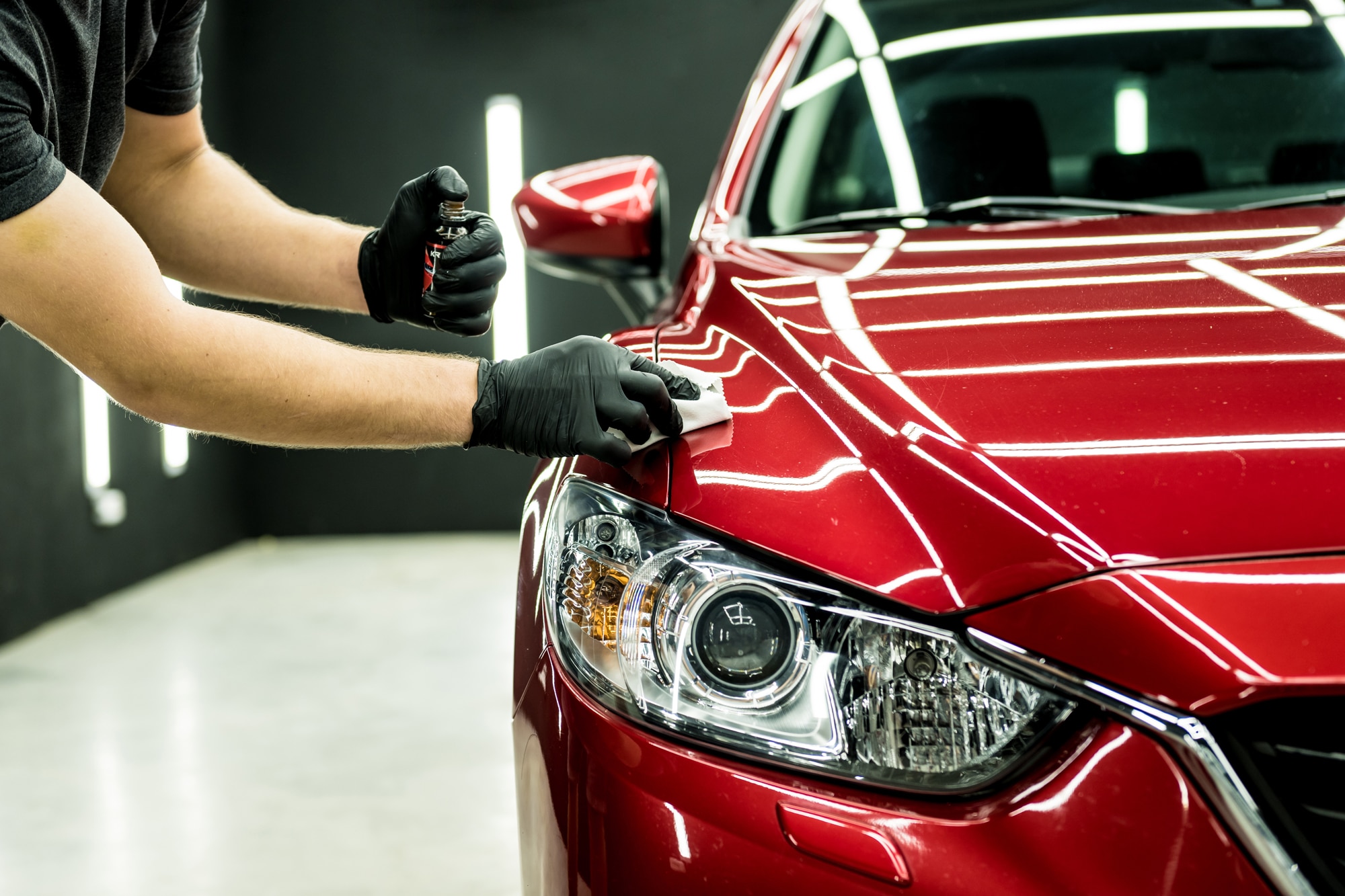A Comprehensive Overview to the Sorts Of Ceramic Covering on the marketplace
Ceramic coatings have arised as a critical solution throughout different industries due to their one-of-a-kind properties and applications. As we explore the unique attributes and applications of these coatings, the ramifications for efficiency and long life come to be increasingly noticeable, increasing concerns regarding which type may best fit your requirements.
Comprehending Ceramic Coatings
Ceramic coatings are advanced safety services that have gained popularity in various industries, especially in vehicle and aerospace applications. These layers include a fluid polymer that, when treated, creates a long lasting, hydrophobic layer externally of the substrate. This layer offers boosted resistance to environmental pollutants, UV radiation, and chemical direct exposure, consequently prolonging the life and visual appeal of the underlying product.
The basic element of ceramic layers is silica, which adds to their firmness and longevity. The application process generally involves surface area prep work, application of the coating, and curing, which can be achieved with heat or UV light. As soon as treated, ceramic coatings show outstanding bonding buildings, enabling them to stick highly to a variety of surface areas, including metals, plastics, and glass.
In enhancement to their protective attributes, ceramic layers likewise offer ease of maintenance. Their hydrophobic nature minimizes the adherence of dirt and gunk, making cleaning less complex and less regular. In general, the fostering of ceramic finishings represents a substantial innovation in surface security technology, providing both functional and aesthetic advantages across several industries.
Kinds Of Ceramic Coatings
Numerous sorts of ceramic finishes are available, each made to satisfy particular efficiency needs and applications - Car Detailing. One of the most typical types include:
Silica-based Coatings: These finishes primarily contain silicon dioxide and are recognized for their longevity and chemical resistance. They are widely utilized in auto and industrial applications.
Titanium Dioxide Coatings: Renowned for their photocatalytic buildings, titanium dioxide coatings are frequently applied in atmospheres where self-cleaning and antifungal residential properties are desirable, such as in building products and auto surfaces.
Zirconia Coatings: Defined by their high-temperature stability and thermal resistance, zirconia finishings are used in applications such as generator engines and high-performance automotive parts.
Alumina Coatings: Showing exceptional firmness and thermal security, alumina finishings are frequently used in wear-resistant applications, consisting of cutting tools and industrial equipment. - Paint Protection Film
Hybrid Coatings: Integrating the homes of various materials, crossbreed coverings supply boosted performance qualities, making them appropriate for unique and demanding applications.
Each sort of ceramic finish serves distinctive purposes, permitting users to choose the most ideal service based on particular ecological conditions and performance demands.
Benefits of Ceramic Coatings
Ceramic layers, in particular, offer countless advantages that make them progressively popular among makers and customers alike. These coatings are resistant to scrapes, chemicals, and UV rays, making sure that the underlying surface stays safeguarded over time.
In enhancement to durability, ceramic coverings offer superb hydrophobic homes, permitting simple cleaning and upkeep. This water-repellent nature lessens the adherence of dust, grime, and other pollutants, which can prolong the aesthetic allure and functionality of the surface. Ceramic finishings can substantially improve thermal resistance, making them ideal for applications that endure high temperature levels.

Application Process
When applying ceramic finishes, a precise approach is vital to achieve ideal results. The application procedure generally starts with thorough surface prep work. This involves cleaning, decontaminating, and brightening the surface to get rid of all pollutants, consisting of dirt, oil, and prior waxes or sealers. A clean surface area makes sure proper bond of the coating.
Once the surface is prepped, the next step is to apply the ceramic layer. The coating needs to be used in slim layers, as thicker applications can lead to unequal coatings.
After application, the covering calls for a certain treating time, generally varying from a couple of hours to a complete day, relying on the item. Throughout this time, it is vital to avoid exposure to moisture or contaminants. Ultimately, a gentle buffing may be necessary after curing to enhance the gloss and remove any kind of high spots. Adhering to these actions faithfully will make the most of the performance and long life of the ceramic finish, supplying a long lasting protective layer for the surface.
Upkeep and Long Life
To guarantee the longevity and performance of a ceramic coating, routine upkeep is vital. Ceramic finishings, understood for their longevity and protective high qualities, need details care regimens to maximize their life expectancy and efficiency.
Along with regular cleaning, routine evaluations are critical. Look for signs of wear or damages, such as hydrophobic properties lessening or surface imperfections. If required, a light polish may be put on renew the covering without stripping it away.
Furthermore, the application of a additional hints booster spray can improve the finish's hydrophobic results and recover its gloss. This is specifically advantageous for layers that have been in use for an extended duration. Ultimately, by sticking to special info these upkeep techniques, one can significantly extend the life of a ceramic coating, guaranteeing that it continues to give optimum defense versus environmental elements and maintain the aesthetic appeal of the vehicle.
Conclusion
